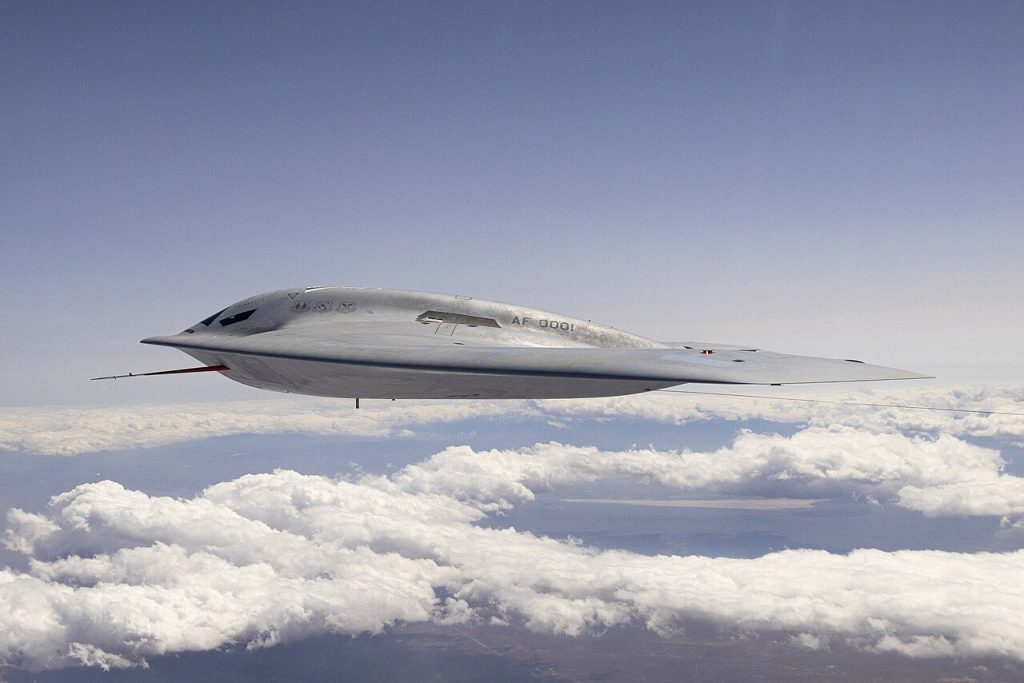
Is America’s bomber fleet finally overcoming its biggest weakness? For decades, the U.S. has relied on a small number of stealth bombers that, though technologically formidable, were too few in number to sustain high-tempo global operations. The B-21 Raider will be different, bringing not only unprecedented stealth and range but also numbers.
More than a successor to the B-2 Spirit, the Raider represents a purposeful mix of time-tested design principles and cutting-edge innovation, tempered by hard-learned lessons from past programs and present realities of today’s threat environment. From the refined flying-wing profile to the open architecture systems, the B-21 is designed to evolve with the future mission while reducing the maintenance burden. Here are ten defining features that set the world’s first sixth-generation bomber apart:
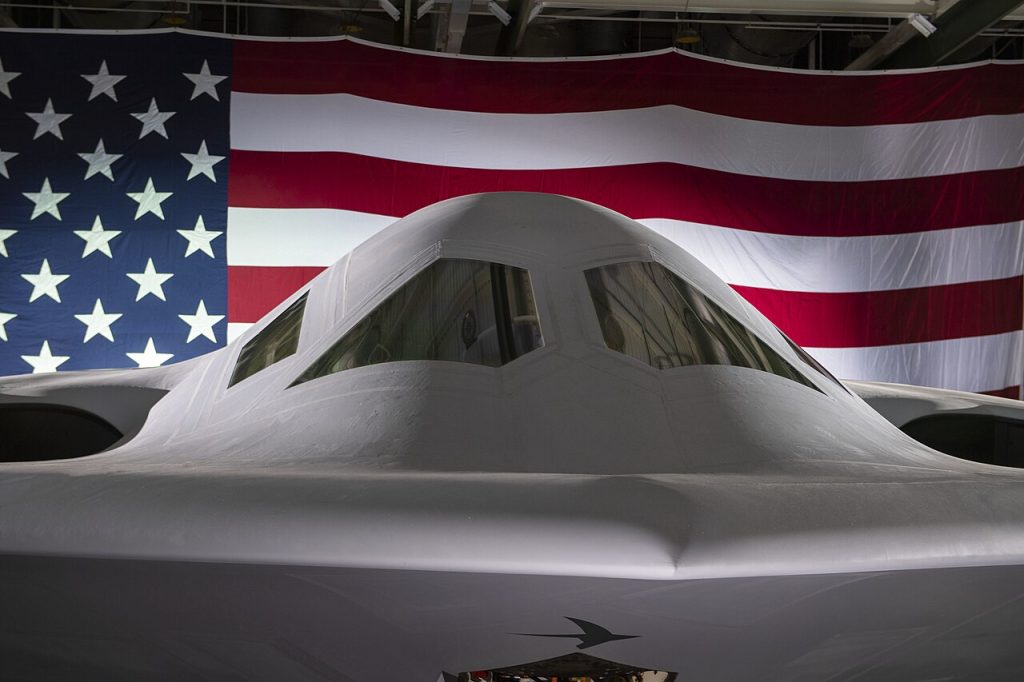
1. Refined Stealth Profile
The smooth composite skin, minimal seams, and deeply recessed engine inlets of the B-21 mark a leap in low-observable design. Unlike the semicircular intakes of the B-2, the Raider’s blended inlets conceal turbine blades from radar while reducing turbulent airflow. This minimizes radar cross-section from a variety of angles, supplemented by more durable, less maintenance-intensive advanced radar-absorbent materials. The bomber, noted Defense Secretary Lloyd Austin, can be housed under simple awnings rather than climate-controlled hangars a testament to how resilient its finish is.
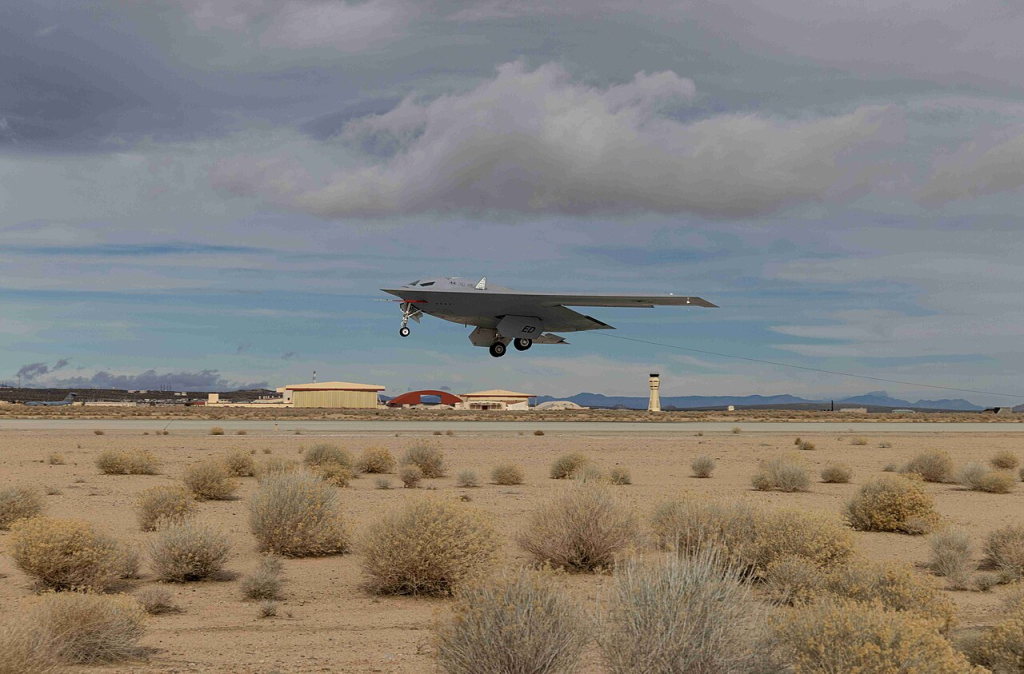
2. Smaller Size, Greater Efficiency
With an estimated span of 132–150 feet and roughly half the empty weight of the B-2, the B-21 trades payload for stealth and range. The smaller profile cuts down radar visibility and logistical demands, enabling the use of additional airfields and hardened shelters. The aerodynamic efficiency coupled with lighter mass supports extended unrefueled missions and fewer tanker rendezvous, enhancing survivability in contested environments.

3. Digital Design and Manufacturing
Northrop Grumman built the B-21 entirely on a digital thread, enabling precision virtual prototyping of every part. This catches integration issues early and allows all core systems to be installed on the first aircraft. Augmented reality tools and streamlined supplier integration reduce production risk and sustainment costs while ensuring technicians can visualize and solve problems before physically working on the jet.
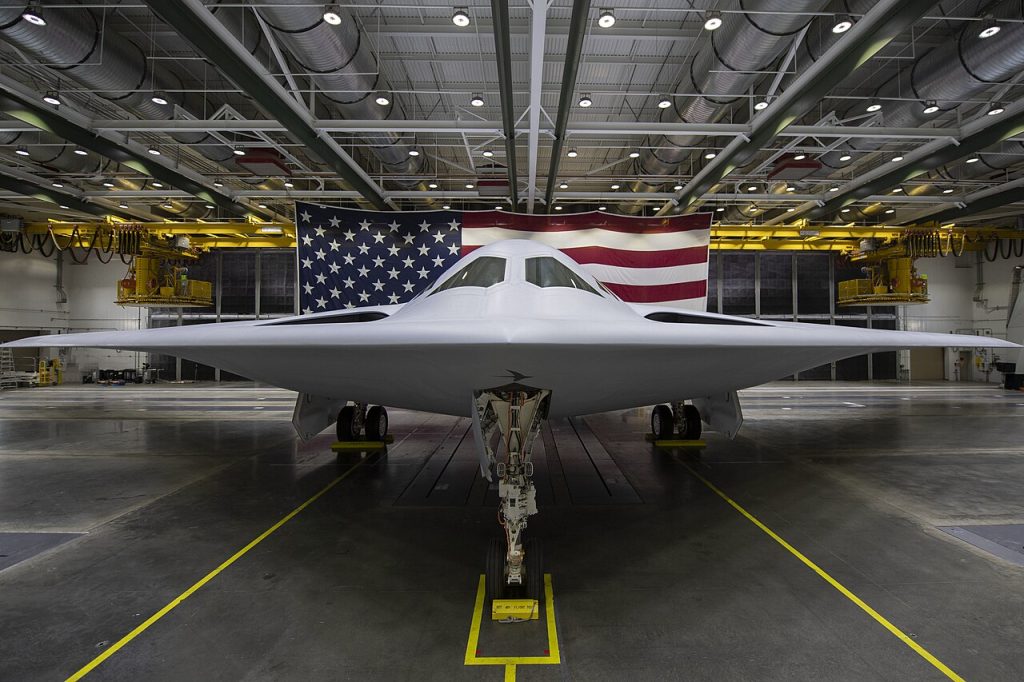
4. Open-Architecture Systems
Mission systems on the Raider are designed to an Air Force Open Mission Systems standard, enabling rapid updates of software and integration of hardware without impairing flight-critical functions. As Austin pointed out, this modularity also will enable the B-21 to use “new weapons that haven’t even been invented yet.” Future upgrades might include advanced electronic warfare suites, control of swarms of cooperative drones, or AI-driven battle management.
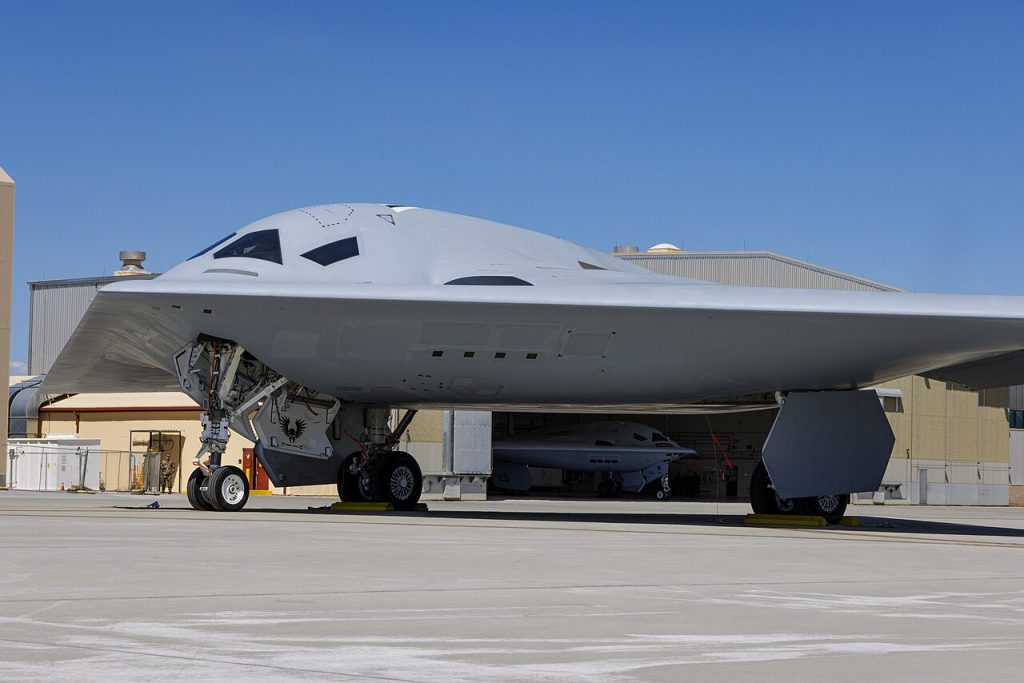
5. Advanced Propulsion for Long Range
The B-21 is indeed believed to utilize two or three medium-bypass, commercially derived turbofans that would be more fuel efficient and with a reduced infrared signature compared to the fighter-type engines of the B-2. This was made possible by better computational fluid dynamics enabling the designers to integrate higher-bypass engines behind serpentine ducts without flow distortion. This yields cooler exhaust and lower thermal stress, extending range beyond the B-2’s unrefueled 6,000-nautical-mile mark.

6. Modular Weapons Bays
While the payload capacity of the B-21 is estimated to be about 30,000 pounds-less than the B-2’s 40,000-it does employ deeper, narrower bays optimized for next-generation standoff weapons such as the AGM-181 LRSO and hypersonic missiles. Side-by-side palletized launch modules replace the rotary launchers, allowing larger or unconventional payloads such as jammers, decoys, or swarming drones. Digital twin certification shortens the nuclear readiness timeline compared to legacy bombers.
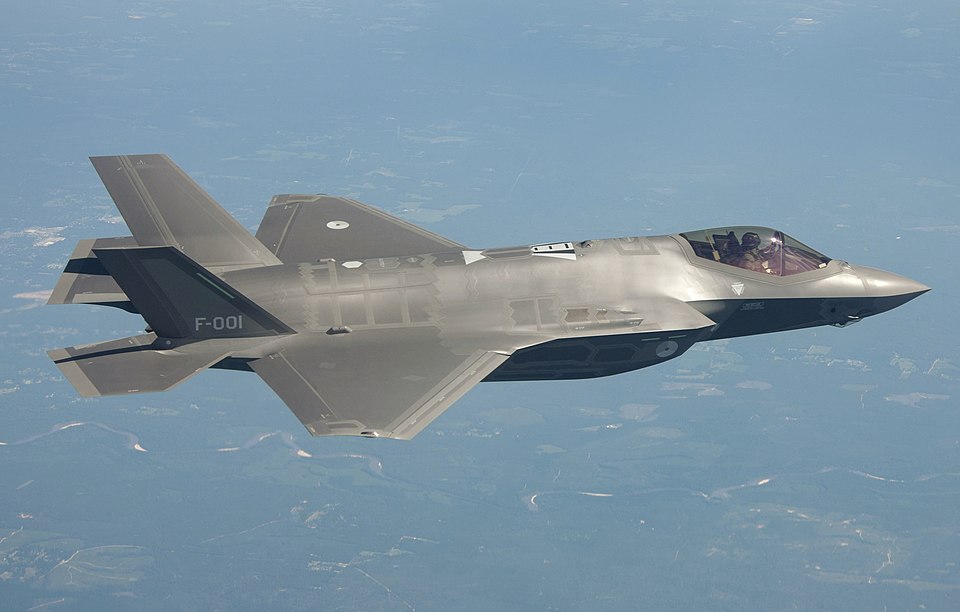
7. Fully Networked Combat Node
Moving away from the B-2’s radio silence doctrine, the Raider is designed as a secure, fully networked node similar to the F-35, able to share near real-time battlespace data with other aircraft and command-and-control assets, enhancing situational awareness and co-ordinated strikes. Connectivity enables integration into the Air Force’s Long-Range Strike family of systems, to include ISR and electronic attack platforms.

8. Higher Mission-Capable Rates
Historically, the mission-capable rate for the B-2 has hovered between 50–60%, limiting availability. The maintainability-focused design of the B-21-resilient coatings, fewer maintenance-intensive systems, and commercial-off-the-shelf components-targets rates above 80%. This would equate to more aircraft available for simultaneous nuclear deterrence, conventional strike, and ISR missions across multiple theaters.

9. Production Scale and Acceleration
The Air Force’s program of record calls for at least 100 Raiders, but senior leaders such as Gen. Anthony Cotton have advocated for 145 aircraft or more, citing the complex threat environment today. Congress allocated $4.5 billion to expand production capacity, as Northrop Grumman implements process changes to support higher annual output. The goal: avoid the B-2’s fate of a truncated fleet and deliver mass for sustained global campaigns.

10. Strategic Flexibility in Future
Conflicts Maj. Gen. Jason Armagost stressed that a larger B-21 fleet makes “campaign tempo” possible: to hold multiple theaters at risk and simultaneously respond to crises worldwide. In a high-end fight with China, for instance, the Raider’s range, its stealth, and networking would enable the aircraft to strike from or operate forward from standoff distances, complicating adversary defenses. Its design enables independent operation in a GPS- or comms-denied environment, he said, ensuring nuclear deterrence credibility even on “the worst day the world has ever seen.” The B-21 Raider is not simply an incremental development; rather, it is purposefully designed to fill in the operational and strategic gaps left by its predecessors.
Combining advanced stealth, long-range efficiency, modular systems, and a production plan aimed at scale, it is perhaps better positioned to enable the U.S. to project power in ways that the small B-2 fleet never could. With geopolitics more fraught, success for the Raider rests as much on delivering technology as it does in quantity to sustain the nation’s global strike capability.


